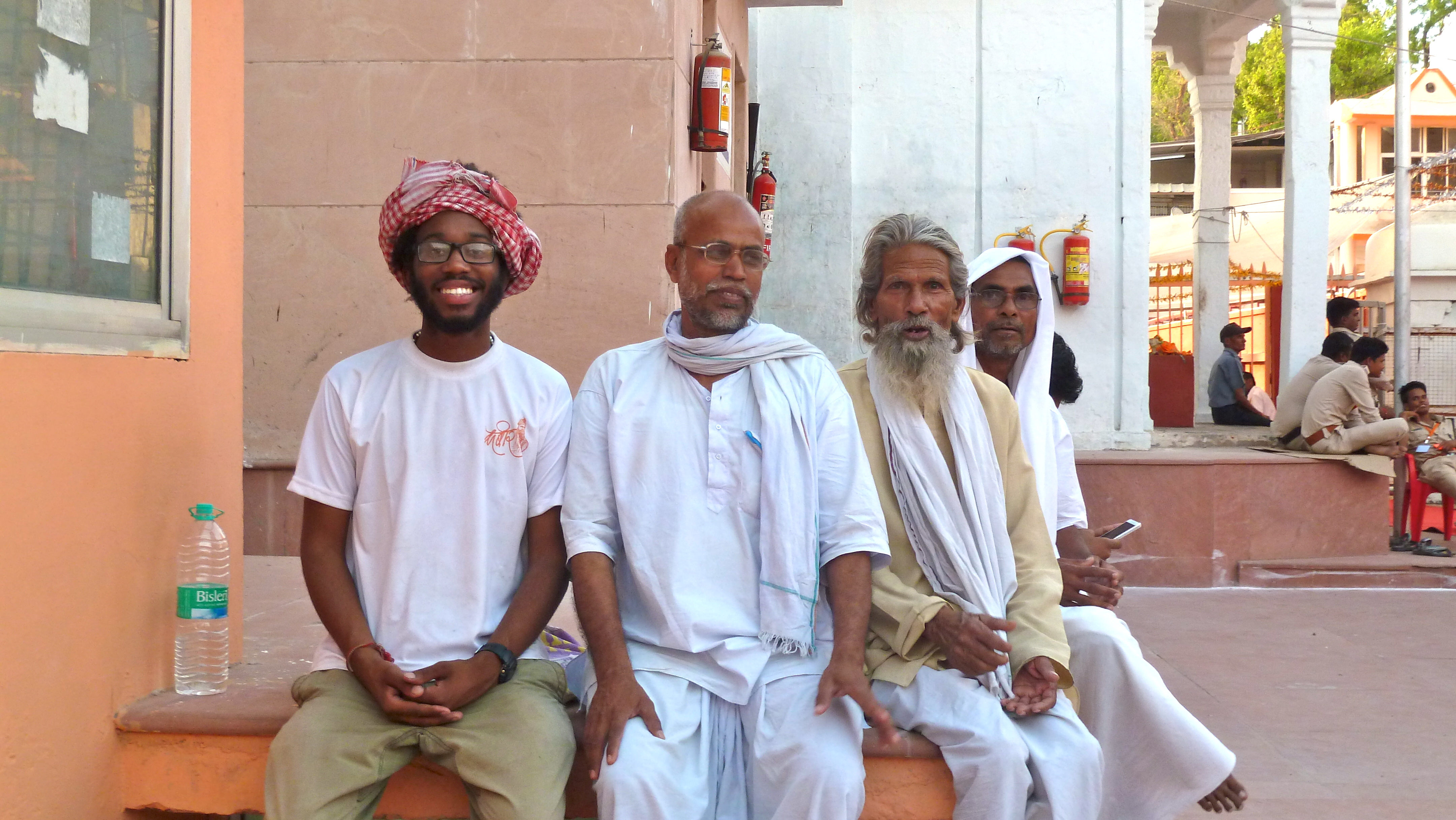
Kacy Rauschenberger, 2015-2016, Fulbright ETA to Malaysia and Reach the World Traveler (right)
In partnership with Reach the World (RTW), the Fulbright U.S. Student Program is publishing a series of articles written by Fulbright English Teaching Assistants participating in Reach the World’s Traveler correspondents program, which through its interactive website, enriches the curriculum of elementary and secondary classrooms (primarily located in New York City but also nationwide) by connecting them to the experiences of volunteer Fulbright English Teaching Assistants (ETAs) and other world travelers who are currently studying and living abroad.
During my eight weeks in Malaysia on a Fulbright English Teaching Assistantship, I have been thinking a lot about the meaning of the word “diversity.” In the United States, we consider our society to be a diverse “melting pot” of all types of races, religions, cultures, and ethnicities. This means it is common for people in the U.S. to identity with multiple cultures and countries. For example, my roommate Carlina is Chinese-American. Both of Carlina’s parents are from China but she is a first generation American citizen because she was born in the U.S. Carlina’s first language was English but she can also speak Mandarin Chinese with her parents and grandparents. Carlina is an American citizen but she practices traditions from American and Chinese cultures! Can you think of anyone you know in the U.S. that can speak another language or whose parents are from another country?
Diversity in Malaysia, however, does not mean the same thing that it does in the U.S. There are only three main ethnic groups in Malaysia: Malay, Chinese, and Indian. Even though Malaysia considers itself to be a diverse country, these three ethnic groups do not often mix in society. In many cases, there are separate schools for all three of these groups based on the language or religion that each cultural group speaks or practices.
Malay schools are usually Islamic schools conducted in Bahasa Malaysian; Chinese schools are usually Buddhist schools and are conducted in the Mandarin language; and Indian schools are often Hindu schools and are conducted in Tamil. In Malaysia, having diversity does not mean that people identify with multiple countries or cultures like it does in the U.S. In fact, when Carlina and I have been interacting with Malaysian people in our community in Jengka, they are confused by the fact that Carlina considers herself to be Chinese-American.

Carlina Duan (middle, behind Kacy) and Kacy Rauschenberger (right), 2015-2016, Fulbright ETAs to Malaysia with Jengka students
While I have definitely had to adjust my American definition of “diversity” while living in Malaysia, I have also experienced some very cool moments of cultural exchange while discussing diversity with Malaysian friends! During Chinese New Year holiday, Carlina and I traveled to Kelantan to meet our mentor teachers’ families. During the second half of the trip, we met Carlina’s mentor’s 12-year-old cousin, Tasha. We met her on Wednesday morning as we rumbled through the driveway dust of Nurul’s childhood home. She stood hiding on the porch, limbs wrapped in nervous anxiety around the peeling banister. She had spent the previous night at her aunt’s house in anticipation of the mysterious Americans.
She didn’t speak much, but followed us from room to room, questions waiting on her lips without the English words to ask them. She stole our hearts and challenged our patience. We were excited to share pictures of home but were taken aback when she responded with the only relevant English words that she knew: “Black. White. Chinese. Very black. Very Chinese. White.” Words of race. In the U.S., it would have been offensive to point at the people in the photo and single them out based on the color of their skin.
However, Tasha was in no way trying to be rude. She was just trying to communicate with us in a way that felt familiar to her. In Malaysia, showing an interest in someone’s race is a way to start a conversation. Tasha is one of my favorite people I have met in Malaysia so far and I will always remember what she, too, taught me about diversity.


No Comments